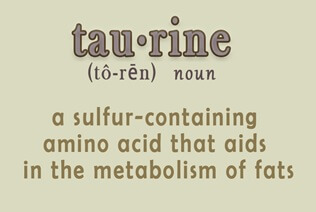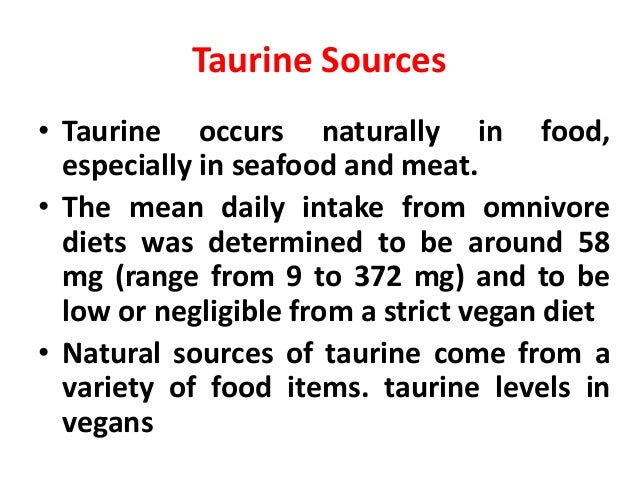

This syndrome is not as well characterised as it has been in cats and little information regarding prognosis and response to treatment is available. Retinal Lesions: Blindness related to taurine deficiency is not common in dogs, but there are reports of dogs with low plasma taurine concentrations described to have hyper-reflective retinal lesions, similar to Feline Central Retinal Degeneration (FCRD) in cats.Cases of DCM not related to taurine deficiency may not respond to supplementation. Recommended doses include 500-1000 mg taurine orally three times a day. This condition may respond to cardiac support and taurine supplementation. In this condition dogs develop right-sided cardiac failure with exercise intolerance, ascites and in some cases severe cardiac output failure. Dilated Cardiomyopathy: The most well described consequence of taurine deficiency in dogs is the development of DCM.Recognised Syndromes Related to Taurine Deficiency Taurine supplementation is recommended for all dogs presenting with DCM until taurine deficiency has been ruled out. Regardless of cause, taurine supplementation in these dogs appears to reverse some of the changes in cardiac function. This can occur despite being fed commercial diets labelled as complete and balanced when the diet provides inadequate supply of sulphur amino acids without additional taurine supplementation contains poorly digestibly proteins contains a higher fibre content that promotes a high faecal losses of bile salts or is fed to a large breed dog with a low capacity for synthesis of taurine.

Taurine-deficient DCM has been reported in dogs. feline central retinal degeneration (FCRD),Īn M-mode echocardiography image from the same cat as above.There are three established clinical syndromes related to taurine deficiency: Taurine also plays a role in normal retinal and myocardial function, osmoregulation, platelet aggregation, modulation of calcium flux within cells, reproduction, and immune response. Taurine is then either absorbed by enterocytes, excreted in faeces, or further utilized by intestinal bacteria. Bile salts are deconjugated in the intestinal lumen by bacteria and the deconjugated bile acids return to the liver via enterohepatic circulation. Cats are unable to switch conjugation to glycine like dogs and other species and have an obligate loss of taurine in faeces. Cats only use taurine to form bile salts while dogs are able to conjugate bile acids to either taurine or glycine depending on availability of either amino acid. Taurine is used in the conjugation of bile acids into bile salts in both dogs and cats. Therefore it is important to have an understanding of how animals may develop deficiencies and be aware of strategies to avoid or treat deficiencies. Deficiency results in serious and sometimes irreversible conditions. The importance of taurine is related to its roles in many different organ systems, especially brain and heart. Cats are unable to produce adequate amounts of taurine to meet requirements and pre-formed taurine is required in the diet. Dogs can synthesise taurine from dietary precursors and are typically able produce amounts sufficient to meet daily needs.

Although commonly referred to as an amino acid it lacks a carboxyl group and is not classified as a true amino acid.
#Where does taurine come from free#
Taurine is not incorporated into proteins but found free in animal tissues the highest concentrations are found in brain, heart, and skeletal muscle. Taurine (2-aminoethanesulfonic acid) is a naturally occurring sulphonic acid produced in the liver as an end product of cysteine metabolism.


 0 kommentar(er)
0 kommentar(er)
